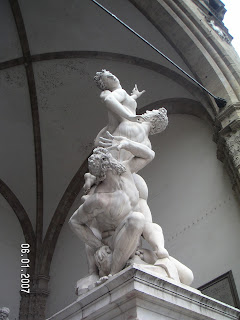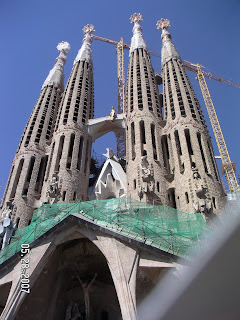Last week I went to the World Heritage City of Vigan to attend a workshop organized by UNESCO for site managers of the world heritage sites found in the Philippines - the Tubataha Reef, the Ifugao Rice Terraces, the Underground River of Palawan, the city of Vigan itself, the baroque churches which included the churches of Paoay, Sta Maria, San Agustin in Intramuros and the Miag-ao church which I represented. They held it in Vigan because they wanted to showcase what Vigan did to preserve the old spanish buildings of the city. If you are an antique enthusiast, Vigan is your city. However, of the many old things that can be seen in Vigan one particular thing caught my fancy. It is called the ex voto. The ex voto are those tiny objects not more than an inch in height, which are placed on shrines and images of saints. These little objects can be anything - the shape of an arm, a leg, an eye, a liver, a kidney, a child, tiny cute houses, a horse - anything. It was a practice then w...










